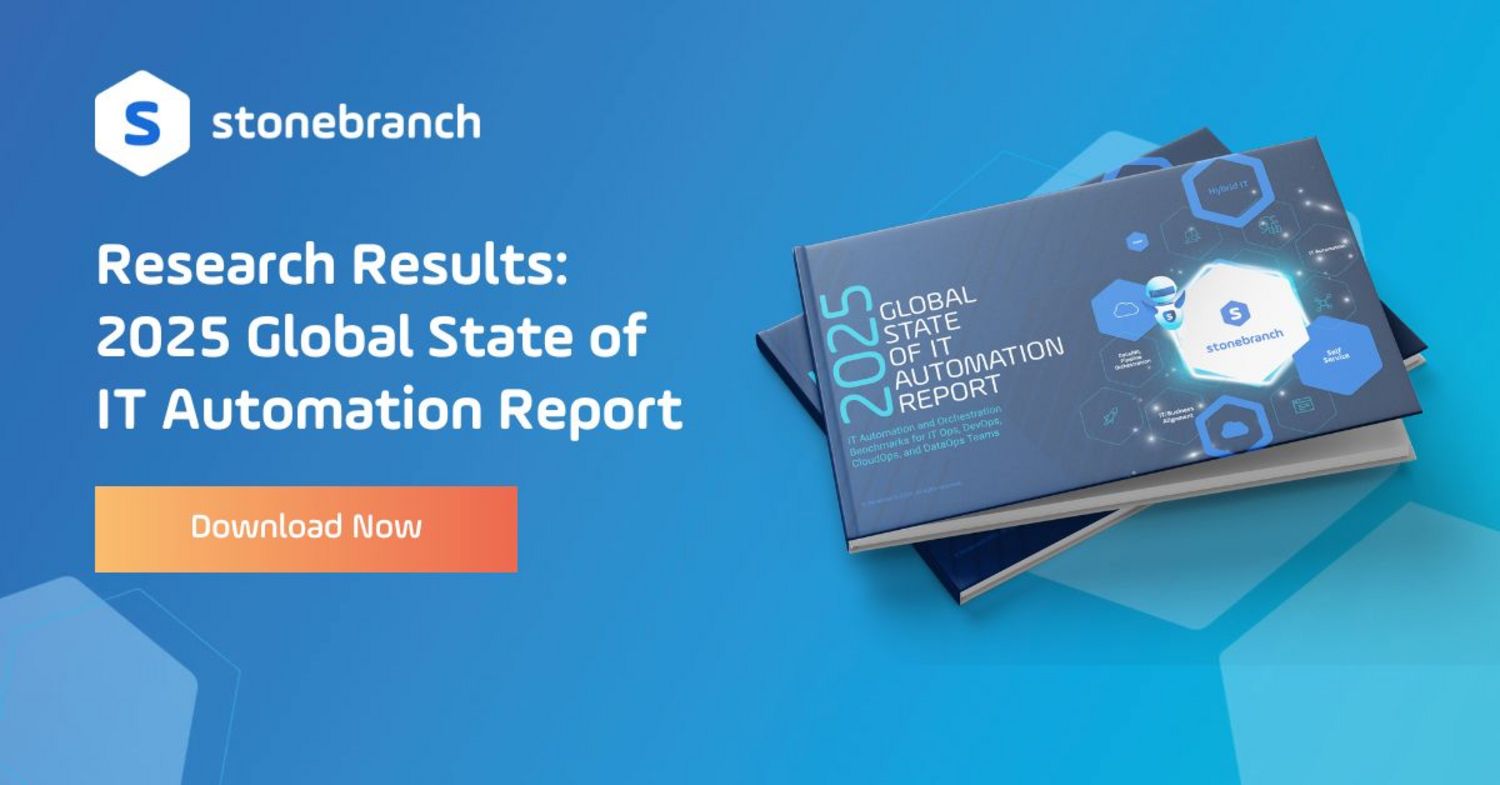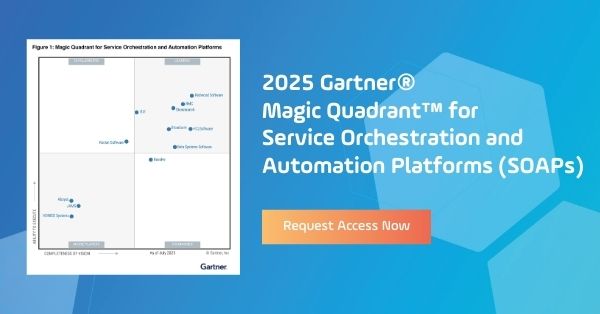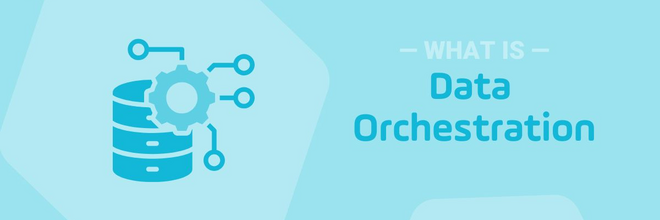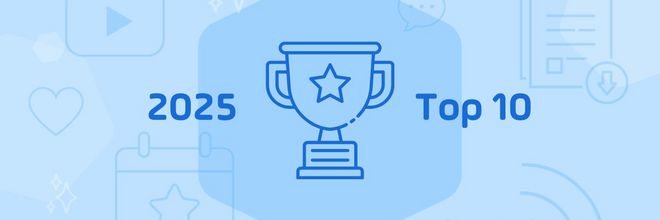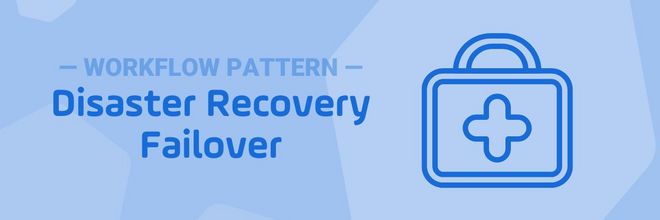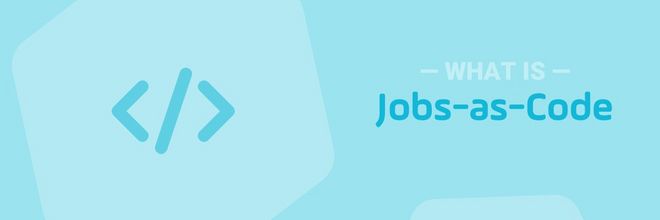Workload Orchestration vs Workload Automation — and Why it Matters
Workload automation is still a vital part of the IT ecosystem. However, workload orchestration elevates it by connecting hybrid IT environments, breaking down data silos, and enabling advanced ML operations.
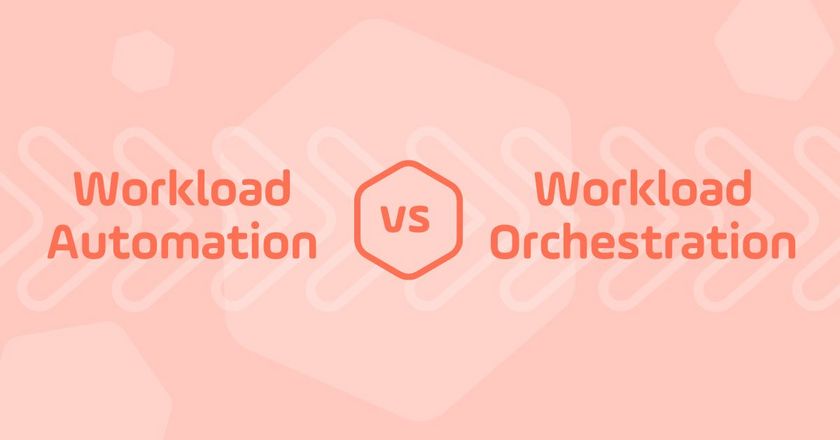
Workload orchestration platforms have emerged as a critical evolution from traditional workload automation. While this kind of workflow management has long been the backbone of mainframe and distributed scheduling, workload orchestration allows enterprises to automate across diverse, hybrid IT environments.
This transformation from simple job scheduling to comprehensive workload automation, and now to sophisticated workload orchestration, signifies a pivotal shift in how IT systems integrate and operate.
What is Workload Automation?
Workload automation (WLA) is the process of scheduling, initiating, and managing repetitive tasks across various systems. Originally designed for mainframe batch processing, it's evolved to support distributed environments and integrate some applications.
WLA excels at executing predefined workflows on set schedules. However, their reach typically stops at the system level — they automate within individual environments rather than connecting disparate ecosystems. In essence, it makes routine tasks run like clockwork, minimizes human error, and allows IT teams to focus on higher-value activities.
What is Workload Orchestration?
Workload orchestration builds on the foundation of WLA, evolving from isolated task automation into a cohesive, enterprise-wide capability. Orchestration coordinates complex, multi-step workflows that span diverse environments — on-premises, private cloud, public cloud, and even edge computing.
Unlike traditional approaches, orchestration is inherently dynamic. It manages dependencies across systems, responds to real-time events, and adapts workflows based on changing operational conditions.
This approach enables organizations to break down silos, unify disparate workloads, and create fluid, integrated IT ecosystems. Orchestration empowers IT teams to deliver end-to-end automation that spans the enterprise.
Why the Distinction Matters in 2025
In the early days, job scheduling software was used to run batch workloads. Starting in the early 2000s, the focus was on WLA, which is a method of scheduling groups of jobs and batch processes across different platforms on-premises. Today, we stand at the brink of another monumental shift as WLA transitions into a software category that Gartner coined as service orchestration and automation platforms (SOAPs).
As this new category name implies, SOAPs orchestrate workloads while providing next-level automation capabilities in cloud environments. But what sets orchestration tools within the product category of SOAPs apart from traditional automation tools? And why does this distinction matter?
Key Differences at a Glance
- Elevating ROI Expectations: Traditional WLA software solutions were prized for their efficiency gains and cost savings. However, today's dynamic IT landscape prioritizes real-time processing and hybrid IT integration — two areas where these solutions fall short.
- Workflow orchestration through SOAPs transcends these limitations by not only enhancing business processes but also supporting two of the biggest enterprise priorities at most organizations today: driving customer-focused agility and enabling digital innovation.
- Transitioning to Cloud-Native and Hybrid IT Environments: Organizations are adopting flexible infrastructures that span on-premises and cloud systems — a feat traditional IT automation tools (designed for mainframe and distributed environments) struggle to achieve. In contrast, cloud-friendly SOAPs seamlessly orchestrate tasks and processes across diverse systems, making them ideal for modern hybrid IT.
- Combining Automation and Orchestration: Traditional WLA automates in silos, limiting the scope of automated tasks to specific systems or platforms. SOAPs redefine this approach by putting orchestration front and center, streamlining interconnected workflows across diverse IT environments. This not only improves efficiency but also supports event-driven automation and data processing across on-prem, cloud, and microservices architectures.
- Expanding Automation to a Broader User Base: Historically, workload automation solutions catered only to IT Ops admins. SOAPs break this mold by democratizing automation to everyone from DevOps to business analysts. This inclusive approach is part of a broader shift towards citizen automation.
- Enhancing Visibility and Analytics: Legacy tools offer limited monitoring and report generation capabilities. In contrast, SOAPs provide observability, advanced analytics, and visibility across all environments so that IT teams can make informed decisions, anticipate issues, maximize reliability, and demonstrate tangible ROI to business stakeholders.
- Bridging IT Ops and DevOps: The divide between IT Operations and Development has long been a challenge in achieving seamless IT workflows. Workflow orchestrators offer a new way of working together, enabling a collaborative DevOps lifecycle that harmonizes the diverse toolsets and automation practices of both worlds.
- Increasing Infrastructure and Operations Adoption: Keeping pace with service requests to provision VMs, cloud services, and containers is a looming issue. Forward-thinking I&O teams quickly adopted orchestration solutions to deploy on-prem and cloud automation. They are also likely to apply container orchestration to their infrastructure needs.
Future Trends in Orchestration and Automation
As we look to the future, the distinction between traditional workload automation and orchestration through SOAPs becomes increasingly critical. Gartner predicts a clear trend: "By 2027, 90% of organizations currently delivering workload automation will be using service orchestration and automation platforms (SOAPs) to orchestrate workloads and data pipelines in hybrid environments across IT and business domains."
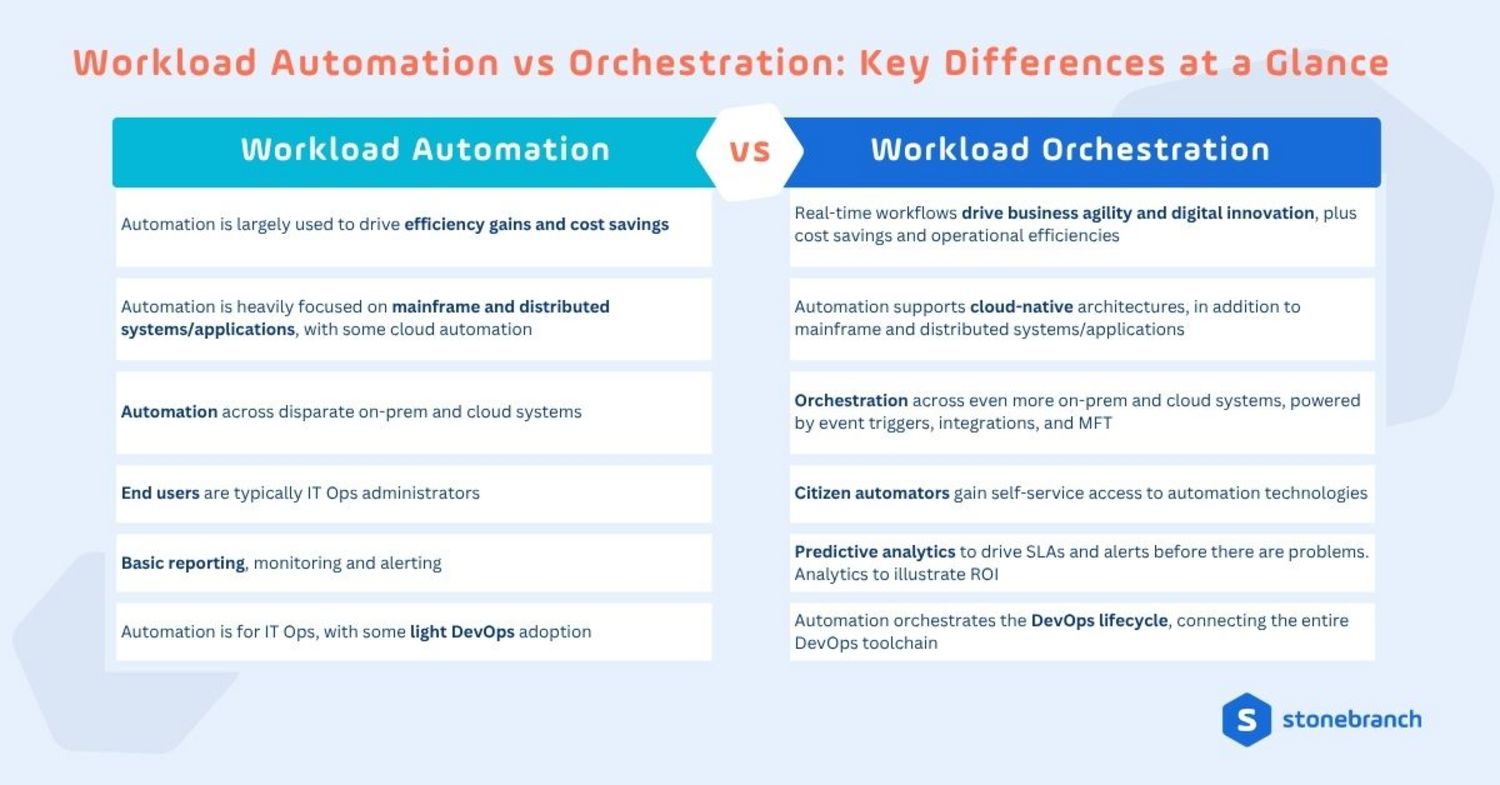
This shift isn’t just about new technology — it’s about transforming IT automation to deliver greater efficiency, innovation, and business value.
Future Trends in Automation and Orchestration
With the profound evolutionary shift underway (as detailed above), the question now is why any organization would want to be in the 10% clinging to standalone WLA solutions.
But this shift isn’t just about replacing old tools — it lays the foundation for the technologies that will further enhance the benefits of orchestration in the years to come: observability and AI.
According to The Future of Workload Automation and Orchestration research report from Enterprise Management Associates (EMA), "The future of orchestration depends on two key enablers: observability and AI. These technologies elevate orchestration beyond static workflows into adaptive, intelligent systems capable of self-healing, dynamic scaling, and predictive optimization."
Observability already provides real-time insight across hybrid and multi-cloud environments. It will continue to expand its reach in enabling unmatched resilience and agility. Likewise, AI will grow in its ability to empower orchestrators to anticipate issues, optimize resources automatically, and handle exceptions without human intervention.
With these advancements ahead, organizations must choose their path carefully to fully unlock the power of orchestration.
Choosing the Right Strategy for Your Environment
The distinction between workload automation and orchestration isn’t just academic — it shapes how organizations unlock value from IT. SOAPs preserve all the high-value capabilities of legacy process automation tools. They also build upon them to offer a new kind of platform that meets the needs and challenges of complex hybrid IT and cloud-native environments.
The journey from WLA to SOAP reflects a broader evolution in IT automation — moving from efficiency and cost savings to enabling strategic, value-driven orchestration use cases. As SOAPs reshape the landscape, organizations can unlock new levels of agility, performance, and competitive edge.
Frequently Asked Questions: Cloud Automation
What is the difference between workload orchestration and automation?
Choose orchestration when your workloads span multiple environments or if you require complex dependencies between tasks. Orchestration is essential to integrate cloud-native services, microservices architectures, and data pipelines that cross organizational boundaries.
For straightforward, repeatable jobs confined to a single environment, traditional automation features may still suffice. But as organizations continue to adopt hybrid and multi-cloud strategies, orchestration quickly becomes a strategic necessity rather than a luxury.
What tools are used for workload orchestration?
Modern service orchestration and automation platforms (SOAPs) like Stonebranch Universal Automation Center are purpose-built for enterprise-wide orchestration. These tools provide centralized control, real-time observability, and deep integrations across hybrid IT landscapes.
Other notable orchestration solutions include Kubernetes for container orchestration, Databricks for data pipeline orchestration, and tools like Terraform for cloud orchestration. These specialized orchestrators work well in their domain, but may struggle with cross-platform automation. That's where a SOAP can step in as a meta-orchestrator, to orchestrate the orchestrators.
The key is choosing a platform that supports legacy environments, enables modern cloud-native workloads, and works together seamlessly across the plethora of available business applications — empowering you to scale and adapt as your IT strategy evolves.
What is SOAP automation?
SOAPs (service orchestration and automation platforms) are a modern evolution of traditional workload automation tools. SOAPs combine automation and orchestration capabilities, enabling enterprises to automate complex workflows across hybrid IT environments seamlessly.
Unlike legacy tools that focus narrowly on job scheduling, SOAPs unify and orchestrate tasks at an enterprise scale, supporting real-time data flows, integrating DevOps toolchains, and enabling observability and self-service automation.
In essence, SOAP automation delivers the foundation needed to drive business agility, support digital transformation, and future-proof your IT operations.
Start Your Automation Initiative Now
Schedule a Live Demo with a Stonebranch Solution Expert

